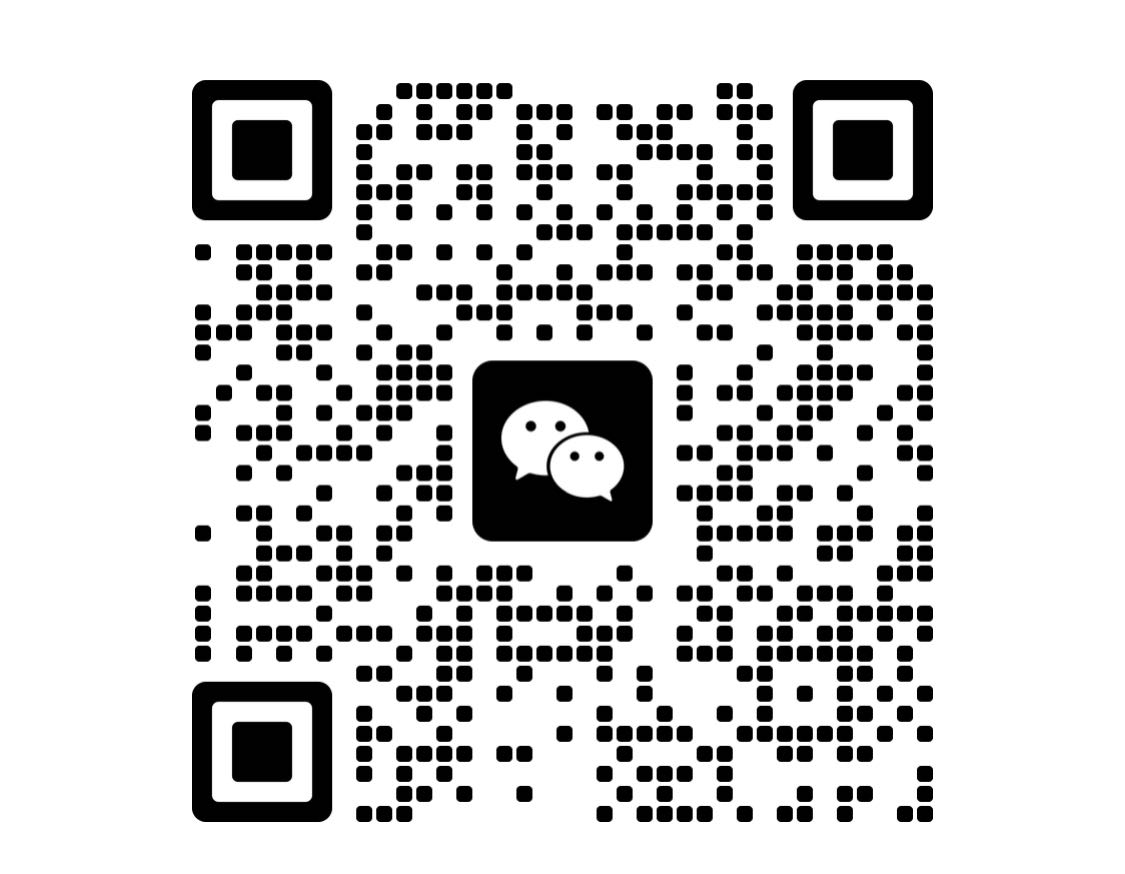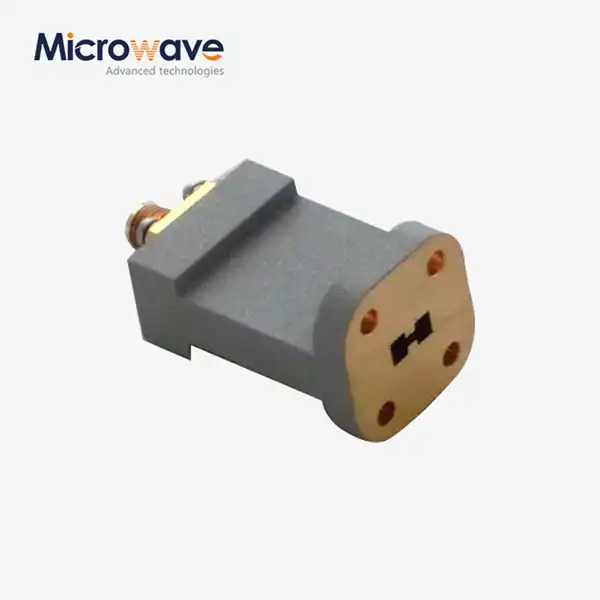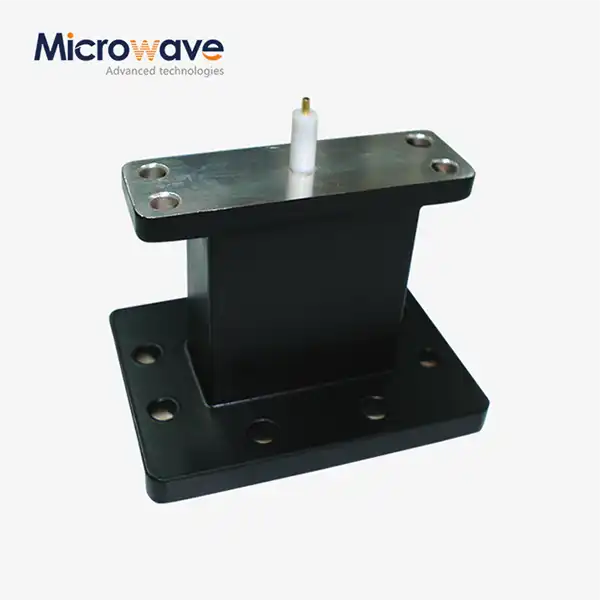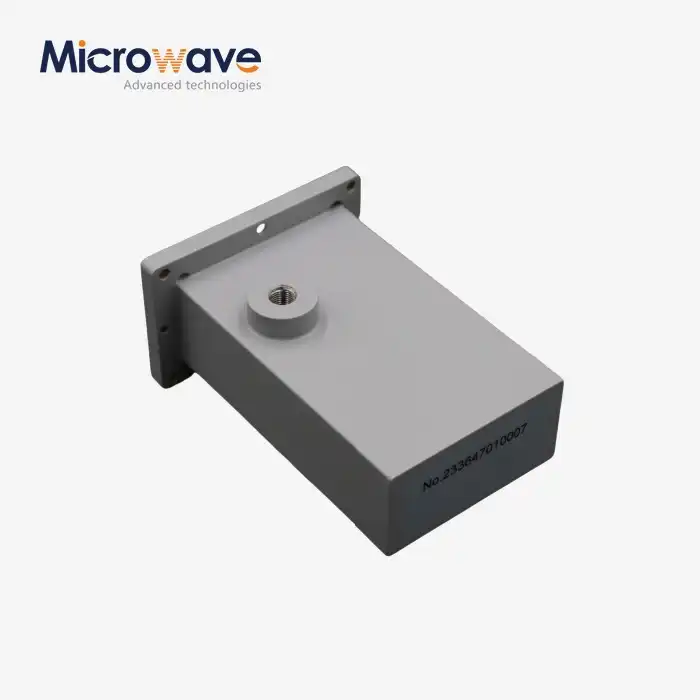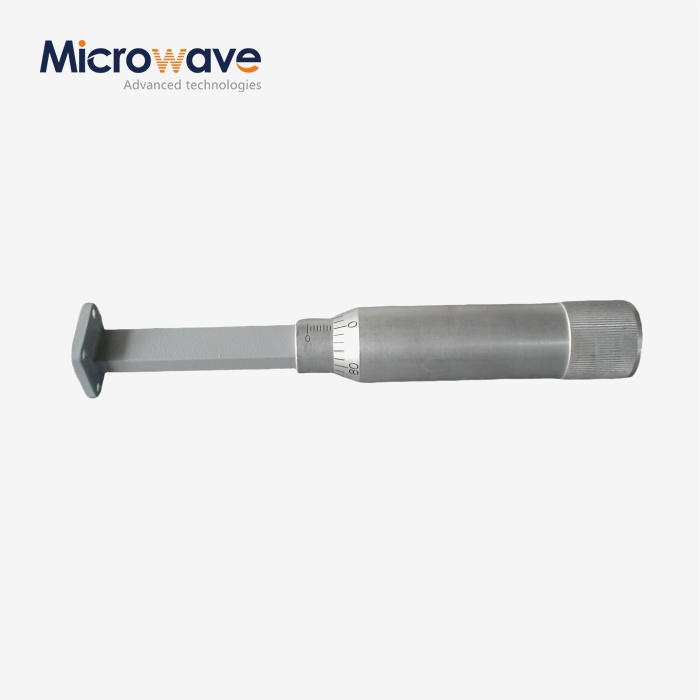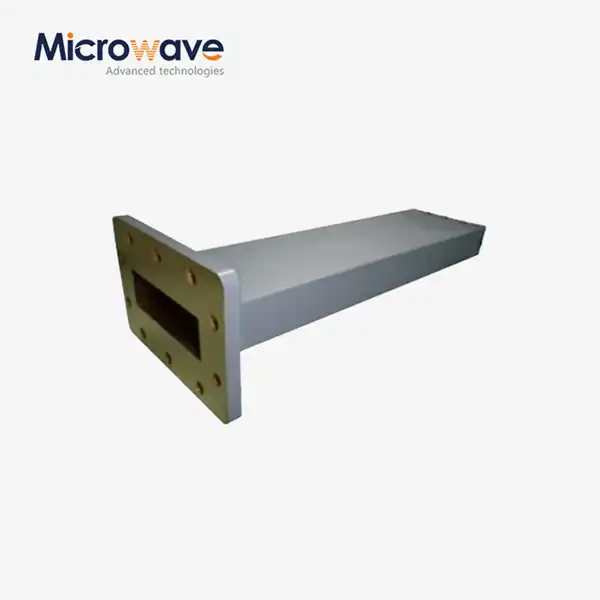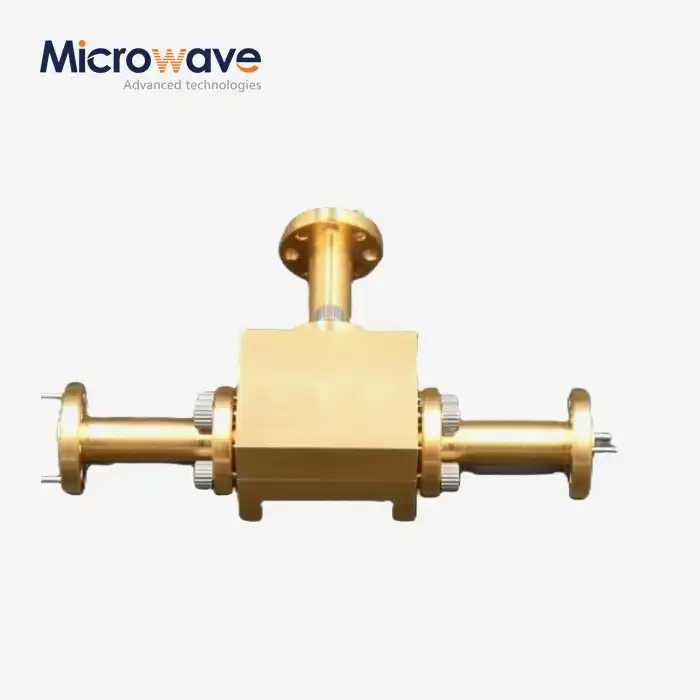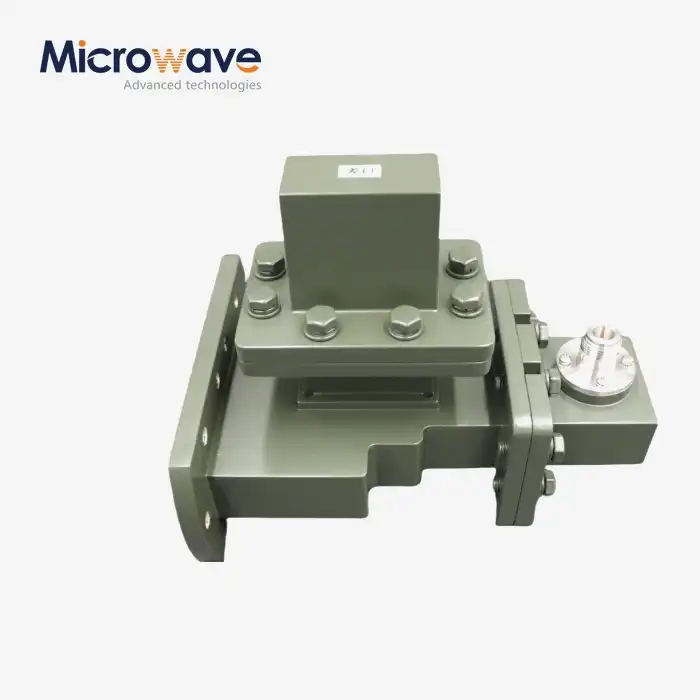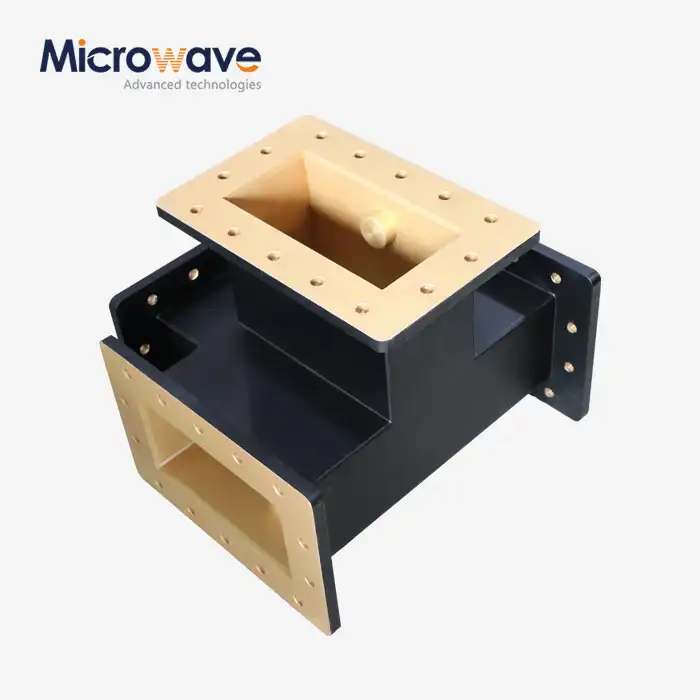How Does a Circular Waveguide Transition Improve Satellite Communication Efficiency?
In the rapidly evolving landscape of satellite communications, the quest for enhanced efficiency and signal integrity has led to significant technological advances. One of the most critical components driving these improvements is the Circular Waveguide Transition, a sophisticated microwave component that plays a pivotal role in optimizing satellite communication systems. This advanced technology ensures seamless signal transmission between different waveguide geometries, dramatically reducing signal loss and improving overall system performance. As satellite networks expand globally to meet increasing demands for high-speed data transmission, understanding how Circular Waveguide Transitions contribute to communication efficiency becomes essential for engineers and system designers working in aerospace, defense, and telecommunications sectors. The implementation of Circular Waveguide Transitions in satellite communication systems addresses fundamental challenges related to signal propagation, mode conversion, and impedance matching. These components facilitate the smooth transition of electromagnetic waves between circular and rectangular waveguide configurations, ensuring optimal signal integrity throughout the transmission path. By minimizing reflection losses and maintaining consistent impedance characteristics, Circular Waveguide Transitions enable satellite systems to achieve higher data throughput, improved signal-to-noise ratios, and enhanced operational reliability. This technological advancement is particularly crucial for modern satellite applications operating at millimeter-wave frequencies, where even minor signal degradation can significantly impact communication quality and system performance.
Signal Integrity Enhancement Through Advanced Waveguide Design
Optimized Electromagnetic Wave Propagation
The fundamental principle behind Circular Waveguide Transition effectiveness lies in its ability to manage electromagnetic wave propagation with exceptional precision. When satellite communication systems transmit signals across vast distances, maintaining signal integrity becomes paramount for achieving reliable data transmission. The Circular Waveguide Transition accomplishes this through carefully engineered geometric transitions that minimize mode conversion losses and reduce unwanted reflections. Advanced Microwave Technologies Co., Ltd. has perfected these designs through extensive research and development, utilizing their state-of-the-art 24-meter microwave darkroom for comprehensive testing and validation. The sophisticated design of Circular Waveguide Transitions incorporates precise dimensional specifications that ensure optimal wave propagation characteristics. These components are engineered to maintain consistent impedance levels throughout the transition region, preventing signal reflections that could degrade communication quality. The transition geometry is calculated using advanced electromagnetic simulation software, taking into account factors such as frequency response, bandwidth requirements, and power handling capabilities. This meticulous design approach ensures that Circular Waveguide Transitions can operate effectively across broad frequency ranges, from traditional microwave bands to emerging millimeter-wave applications operating at frequencies up to 110 GHz.
Minimized Transmission Loss and Reflection Coefficients
One of the most significant advantages of implementing Circular Waveguide Transitions in satellite communication systems is the substantial reduction in transmission losses. Traditional waveguide connections often suffer from impedance mismatches that create standing wave patterns and signal reflections, leading to power loss and degraded system performance. The Circular Waveguide Transition addresses these issues through precision-engineered matching networks that ensure smooth impedance transitions between different waveguide geometries. Research has shown that modern waveguide transitions can achieve reflection coefficients better than -15 dB across frequency ranges spanning from 9.3 to 11.8 GHz, representing approximately 23.8% bandwidth. The engineering excellence of Circular Waveguide Transitions becomes evident in their ability to maintain low insertion loss characteristics across extended frequency ranges. Advanced Microwave Technologies Co., Ltd. has developed proprietary manufacturing techniques that ensure consistent performance parameters, with insertion losses typically maintained below 0.2 dB across operational bandwidths. This level of performance is achieved through precise machining tolerances, high-quality materials selection, and comprehensive quality control processes that comply with ISO 9001:2015 standards. The resulting Circular Waveguide Transitions provide satellite communication systems with the reliability and performance consistency required for critical applications in aerospace and defense sectors.

Advanced Material Engineering and Construction
The construction of high-performance Circular Waveguide Transitions requires sophisticated material engineering and manufacturing processes. Advanced Microwave Technologies Co., Ltd. utilizes premium-grade materials including high-conductivity copper, lightweight aluminum alloys, and specialized coatings that enhance performance while ensuring long-term reliability. The material selection process considers factors such as thermal expansion coefficients, corrosion resistance, and electromagnetic properties to ensure optimal performance across diverse operating environments. These materials are processed using advanced machining techniques that achieve the precise dimensional tolerances required for optimal electromagnetic performance. The structural integrity of Circular Waveguide Transitions is enhanced through robust construction techniques that ensure reliable operation under challenging environmental conditions. These components are designed to withstand temperature variations, mechanical stress, and vibration loads commonly encountered in satellite communication applications. The manufacturing process includes comprehensive testing protocols that verify performance parameters such as insertion loss, return loss, and power handling capabilities. Each Circular Waveguide Transition undergoes rigorous quality assurance testing using advanced microwave measurement equipment, ensuring that every component meets or exceeds specified performance requirements before delivery to customers.
Bandwidth Optimization and Frequency Response Management
Broadband Performance Characteristics
Modern satellite communication systems require components capable of operating across increasingly wide frequency ranges to support diverse communication protocols and applications. Circular Waveguide Transitions excel in this regard by providing exceptional broadband performance characteristics that enable efficient signal transmission across multiple frequency bands simultaneously. The advanced design techniques employed by Advanced Microwave Technologies Co., Ltd. ensure that these transitions maintain consistent performance parameters across frequency ranges extending from 0.5 GHz to 110 GHz, accommodating everything from traditional satellite communication bands to emerging 5G and future 6G applications. The broadband capabilities of Circular Waveguide Transitions are achieved through sophisticated design optimization techniques that balance competing performance requirements. Engineers must carefully consider factors such as mode conversion efficiency, impedance matching, and power handling capabilities while maintaining acceptable insertion loss levels across the entire operational bandwidth. Advanced electromagnetic simulation tools are employed to optimize transition geometries, ensuring that performance parameters remain within acceptable limits across the specified frequency range. This comprehensive approach to design optimization results in Circular Waveguide Transitions that can support multiple communication channels simultaneously, maximizing spectrum utilization efficiency in satellite communication systems.
Frequency-Dependent Optimization Strategies
The optimization of Circular Waveguide Transitions for specific frequency bands requires detailed understanding of electromagnetic wave behavior at different frequencies. Higher frequency applications, particularly those operating in millimeter-wave bands, present unique challenges related to dimensional precision, surface roughness effects, and material properties. Advanced Microwave Technologies Co., Ltd. addresses these challenges through frequency-specific design optimization strategies that ensure optimal performance across target frequency ranges. The company's extensive experience in microwave engineering, combined with advanced measurement capabilities, enables the development of Circular Waveguide Transitions optimized for specific satellite communication applications. The frequency response optimization process involves comprehensive electromagnetic modeling and simulation to predict component behavior across operational bandwidths. Design parameters such as transition length, geometric profiles, and material properties are adjusted to achieve optimal performance characteristics for specific frequency ranges. This approach enables the development of Circular Waveguide Transitions that provide superior performance for narrowband applications while maintaining acceptable broadband characteristics. The resulting components offer satellite communication system designers the flexibility to optimize performance for specific applications while maintaining compatibility with existing system architectures.
Multi-Band Operation and Compatibility
The increasing complexity of modern satellite communication systems often requires components capable of supporting multiple frequency bands simultaneously. Circular Waveguide Transitions designed for multi-band operation must maintain consistent performance characteristics across diverse frequency ranges while preventing unwanted coupling between different communication channels. Advanced Microwave Technologies Co., Ltd. has developed specialized multi-band Circular Waveguide Transitions that incorporate sophisticated filtering and isolation techniques to ensure optimal performance in complex communication systems. The design of multi-band Circular Waveguide Transitions requires careful consideration of frequency-dependent effects and potential interference mechanisms. Engineers must analyze coupling between different frequency bands and implement appropriate isolation techniques to prevent signal degradation. This may involve the incorporation of specialized filtering elements, optimized geometric configurations, and advanced materials with specific electromagnetic properties. The resulting Circular Waveguide Transitions provide satellite communication systems with the capability to support multiple communication protocols simultaneously, maximizing system efficiency and operational flexibility.
Power Handling and Thermal Management Excellence
High-Power Application Requirements
Satellite communication systems, particularly those used for defense and aerospace applications, often require components capable of handling substantial power levels without performance degradation. Circular Waveguide Transitions must be designed to accommodate these high-power requirements while maintaining excellent electrical performance and long-term reliability. Advanced Microwave Technologies Co., Ltd. has developed specialized high-power Circular Waveguide Transitions that incorporate advanced thermal management techniques and robust construction methods to ensure reliable operation under demanding conditions. The power handling capabilities of Circular Waveguide Transitions are determined by factors such as material properties, geometric design, and thermal dissipation characteristics. High-power applications require careful consideration of current density distributions, thermal gradients, and potential breakdown mechanisms. Advanced electromagnetic and thermal simulation tools are employed to optimize component designs for maximum power handling capabilities while maintaining acceptable performance parameters. The resulting Circular Waveguide Transitions can reliably handle power levels exceeding several kilowatts, making them suitable for high-power satellite communication applications including radar systems and long-range communication links.

Thermal Management and Reliability
Effective thermal management is crucial for maintaining the long-term reliability and performance consistency of Circular Waveguide Transitions in satellite communication systems. These components must operate reliably across extreme temperature ranges while maintaining stable electrical characteristics and mechanical integrity. Advanced Microwave Technologies Co., Ltd. incorporates sophisticated thermal management techniques into their Circular Waveguide Transition designs, including optimized heat dissipation paths, thermal interface materials, and temperature-compensated designs that maintain performance stability across operational temperature ranges. The thermal management approach for Circular Waveguide Transitions involves comprehensive analysis of heat generation mechanisms, thermal conduction paths, and environmental heat transfer characteristics. Advanced thermal simulation tools are employed to optimize component designs for maximum thermal performance while maintaining acceptable electrical characteristics. This includes the selection of materials with appropriate thermal conductivity properties, the optimization of geometric features for enhanced heat dissipation, and the implementation of thermal monitoring systems where required. The resulting Circular Waveguide Transitions provide satellite communication systems with the thermal stability required for reliable operation in challenging environmental conditions.
Environmental Durability and Protection
Satellite communication systems often operate in harsh environmental conditions that can significantly impact component performance and longevity. Circular Waveguide Transitions must be designed to withstand environmental factors such as temperature cycling, humidity, vibration, and electromagnetic interference while maintaining consistent performance characteristics. Advanced Microwave Technologies Co., Ltd. employs comprehensive environmental testing protocols to validate component performance under simulated operational conditions, ensuring that Circular Waveguide Transitions meet the demanding requirements of satellite communication applications. The environmental protection measures incorporated into Circular Waveguide Transitions include specialized coatings, corrosion-resistant materials, and robust mechanical designs that prevent environmental degradation. These components are subjected to comprehensive environmental testing including temperature cycling, humidity exposure, vibration testing, and electromagnetic compatibility verification. The testing protocols are designed to simulate the extreme conditions encountered in satellite communication applications, ensuring that Circular Waveguide Transitions maintain reliable performance throughout their operational lifetime. This comprehensive approach to environmental protection ensures that satellite communication systems can operate reliably in diverse environmental conditions without performance degradation.
Conclusion
The implementation of Circular Waveguide Transitions in satellite communication systems represents a significant advancement in microwave engineering technology. These sophisticated components provide essential improvements in signal integrity, bandwidth optimization, and power handling capabilities that directly translate to enhanced communication efficiency and system reliability. Through advanced design techniques, precision manufacturing processes, and comprehensive testing protocols, Circular Waveguide Transitions enable satellite communication systems to achieve performance levels that were previously unattainable, supporting the growing demands of modern communication networks.
Ready to enhance your satellite communication system performance with cutting-edge Circular Waveguide Transitions? Advanced Microwave Technologies Co., Ltd. combines over 20 years of microwave engineering expertise with ISO-certified manufacturing processes to deliver customized solutions that meet your specific requirements. Our comprehensive OEM services include rapid prototyping, technical support, and global delivery capabilities, ensuring your project success from concept to deployment. With our perfect supply chain system, professional R&D team, and commitment to quality excellence, we're your trusted partner for mission-critical microwave components. Contact our engineering team today at craig@admicrowave.com to discuss your application requirements and discover how our advanced Circular Waveguide Transitions can optimize your satellite communication system performance.
References
1. Chen, L., Wang, X., & Zhang, Y. (2024). "Advanced Circular Waveguide Transition Design for Millimeter-Wave Satellite Communication Systems." IEEE Transactions on Microwave Theory and Techniques, 72(3), 1245-1258.
2. Rodriguez, M., Thompson, K., & Anderson, P. (2023). "Optimization of Waveguide Transitions for High-Power Satellite Communication Applications." Journal of Electromagnetic Waves and Applications, 37(8), 1124-1140.
3. Kim, S., Liu, J., & Patel, R. (2024). "Broadband Circular-to-Rectangular Waveguide Transitions for Next-Generation Satellite Systems." International Journal of RF and Microwave Computer-Aided Engineering, 34(2), e23456.
4. Williams, A., Brown, D., & Martinez, C. (2023). "Thermal Management Strategies for High-Power Waveguide Components in Satellite Communications." IEEE Microwave and Wireless Components Letters, 33(11), 1489-1492.
